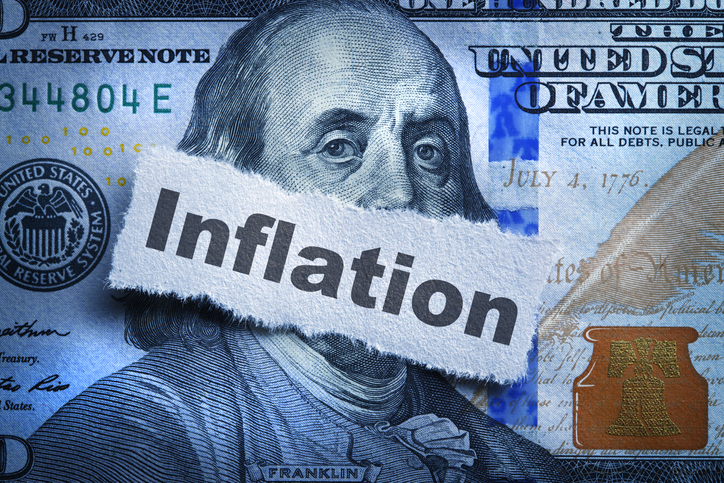On Wednesday, the Federal Reserve raised interest rates by a quarter percentage point, concluding a 14-month campaign to combat persistent inflation. However, experts believe this may be the final rate hike for the foreseeable future, as a weaker job market and slowing economic growth introduce new uncertainties in the banking sector.
The Fed’s statement omitted prior language about the need for additional rate hikes, alluding to instability in the banking sector and an economy losing momentum due to banking troubles and other factors.
The Fed has raised borrowing costs over ten consecutive meetings, bringing the benchmark rate to between 5 and 5.25%, in line with policymakers’ predictions for year-end rates made in March. Despite inflation cooling off since last summer, it remains over double the central bank’s target of 2%.
According to the Fed’s preferred inflation metric, prices increased by 4.2% from the previous year in March. However, the “core” inflation rate, which excludes unstable food and energy prices, stood at 4.6%.
The Fed’s aggressive rate hikes have begun to show signs of success in curbing inflation, with sectors such as construction and manufacturing experiencing a slowdown due to increased borrowing costs. Consumer spending also slowed significantly following a robust January. However, despite unemployment remaining near a 50-year low, the job market is losing momentum, with March recording the lowest job gains in over two years.
Experts caution against further rate hikes, arguing that they may jeopardize more jobs without effectively controlling prices. In addition, the recent banking turmoil further complicates the Fed’s decision-making process. Since the collapse of Silicon Valley Bank and Signature Bank in March, other lenders have become more hesitant to extend loans.
This decline in lending negatively impacts economic growth, much like increasing interest rates, but its effects are even more difficult to gauge and forecast. Moreover, the Fed’s forceful rate hikes have diminished the value of some bank investments, contributing to the banking instability.
A recent Fed report criticized its supervisors for inadequate monitoring of Silicon Valley Bank, allowing issues to worsen until it was too late.
However, the Fed’s vice chair for supervision, Michael Barr, acknowledged the policy choice made in 2019 and pledged more rigorous oversight. Fed chairman Jerome Powell supported Barr’s findings and recommendations for robust bank regulation.






